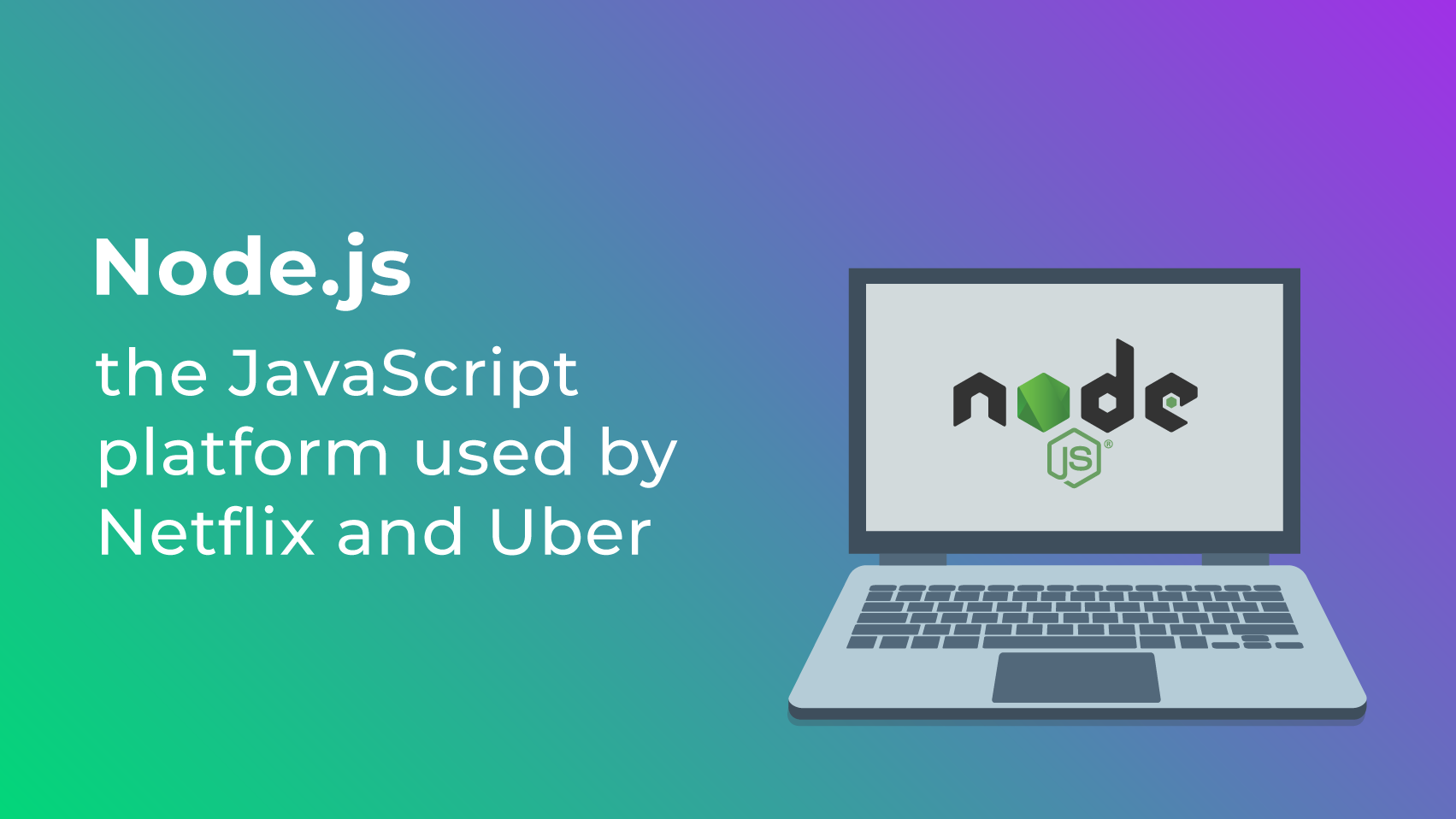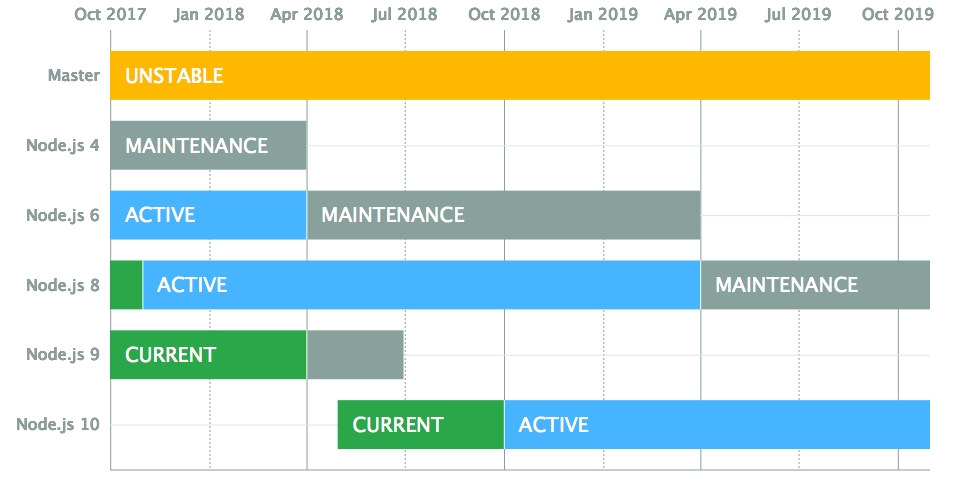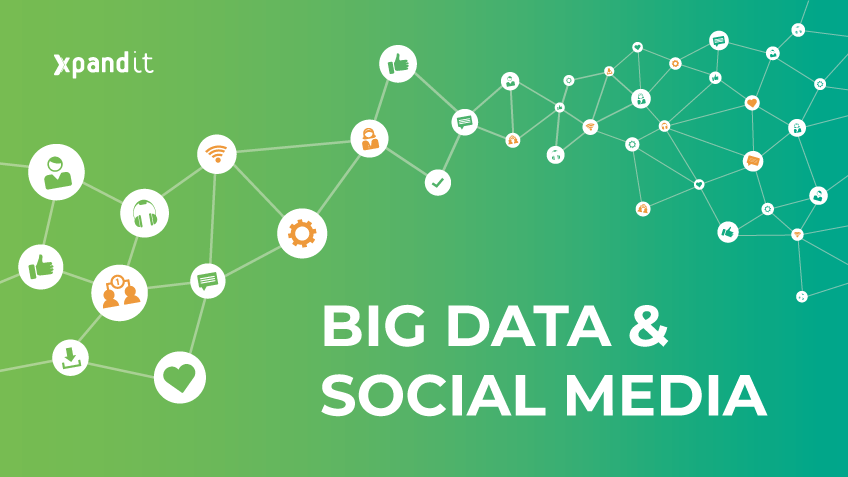Data science is a set of methods and procedures applied to a very complex, concrete problem, in order to solve it. It can use data interference, algorithm development and technology to analyse collected data and understand certain phenomena, identifying patterns. Data scientists must be in possession of mathematical and technological knowledge, along with the right mindset to achieve the expected results.
Through the unification of various concepts, such as statistics, data analysis and machine learning, the main objective is to unravel behaviours, tendencies or interferences in specific data that would be impossible to identify via a simple analysis. The discovery of valuable insights will allow companies to make better business decisions and leverage important investments.
In this blog post, we unveil 7 important steps to facilitate the implementation of data science.
1. Defining the topic of interest / business pain-points
In order to initiate a data science project, it is vital for the company to understand what they are trying to discover. What is the problem presented to the company or what kind of objectives does the company seek to achieve? How much time can the company allocate to working on this project? How should success be measured?
For example, Netflix uses advanced data analysis techniques to discover viewing patterns from their clients, in order to make more adequate decisions regarding what shows to offer next; meanwhile, Google uses data science algorithms to optimise the placement and demonstration of banners on display, whether for advertisement or re-targeting.
2. Obtaining the necessary data
After defining the topic of interest, the focus shifts to the collection of fundamental data to elaborate the project, sourced from available databases. There are innumerable data sources, and while the most common are relational databases, there are also various semi-structured sources of data. Another way to collect the necessary data revolves around establishing adequate connections to web APIs or collecting data directly from relevant websites with the potential for future analysis (web scrapping).
3. “Polishing” the collected data
This is the next step – and the one that comes across as more natural – because after extracting the data from their original sources, we need to filter it. This process is absolutely essential, as the analysis of data without any reference can lead to distorted results.
In some cases, the modification of data and columns will be necessary in order to confirm that no variables are missing. Therefore, one of the most important steps to consider is the combination of information originating from various sources, establishing an adequate foundation to work on, and creating an efficient workflow.
It is also extremely convenient for data scientists to possess experience and know-how in certain tools, such as Python or R, which allow them to “polish” data much more efficiently.
4. Exploring the data
When the extracted data is ready and “polished”, we can proceed with its analysis. Each data source has different characteristics, implying equally different treatments. At this point, it is crucial to create descriptive statistics and test several hypotheses – significant variables.
After testing some variables, the next step will be to transfer the obtained data into data visualisation software, in order to unveil any pattern or tendency. It is at this stage that we can include the implementation of artificial intelligence and machine learning.
5. Creating advanced analytical models
This is where the collected data is modelled, treated and analysed. It is the ideal moment to create models in order to, for example, predict future results. Basically, it is during this stage that data scientists use regression formulas and algorithms to generate predictive models and foresee values and future patterns, in order to generalise occurrences and improve the efficiency of decisions.
6. Interpreting data / gathering insights
We are nearly entering the last level for implementing a data science project. In this phase, it is necessary to interpret the defined models and discover important business insights – finding generalisations to apply to future data – and respond to or address all the questions asked at the beginning of the project.
Specifically, the purpose of a project like this is to find patterns that can help companies in their decision-making processes: whether to avoid a certain detrimental outcome or repeat actions that have reproduced manifestly positive results in the past.
7. Communicating the results
Presentation is also extremely important, as project results should be clearly outlined for the convenience of stakeholders (who, in the vast majority of instances, are without technical knowledge). The data scientist has to possess the “gift” of storytelling so that the entire process makes sense, meeting the necessary requirements to solve the company’s problem.

















